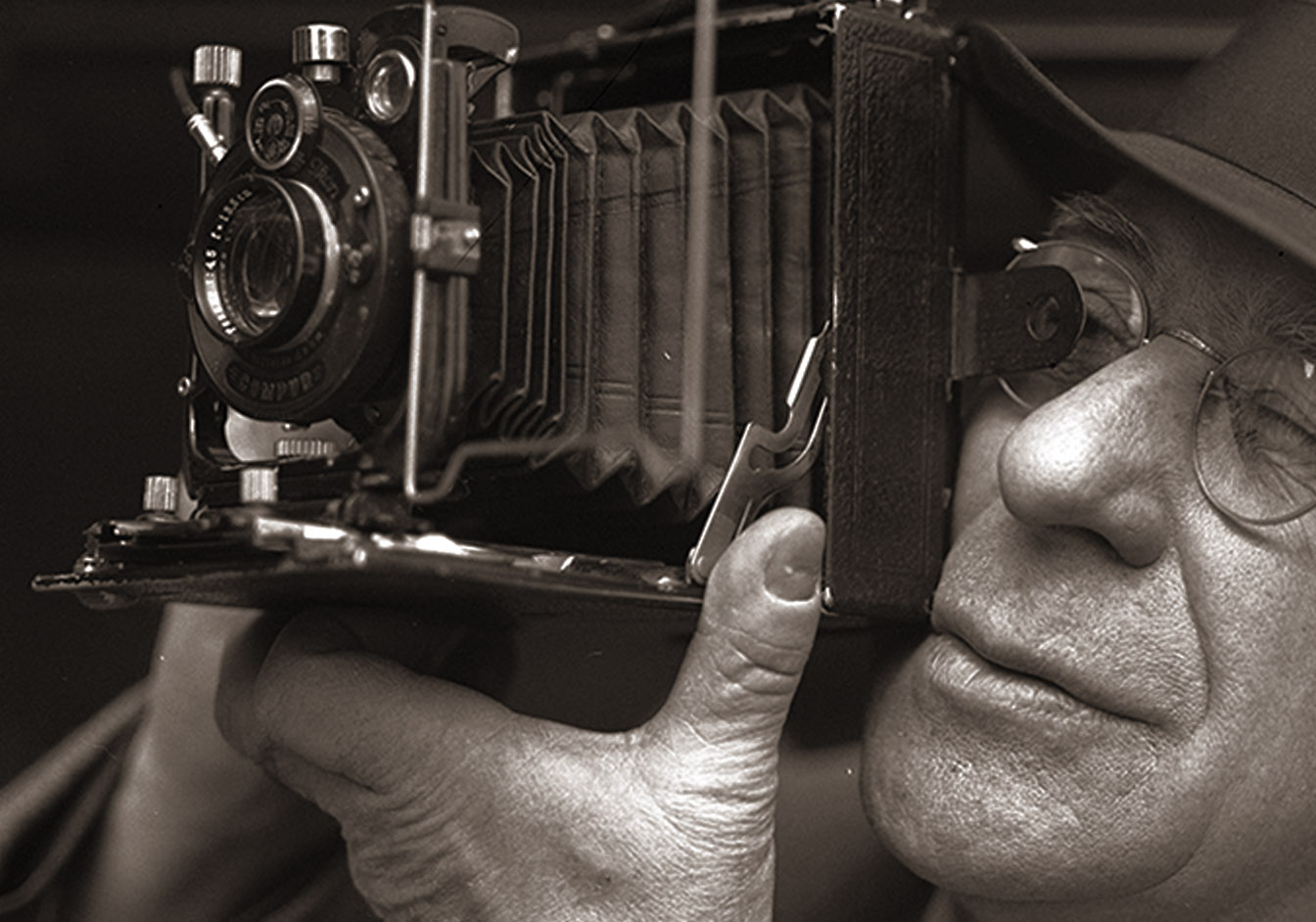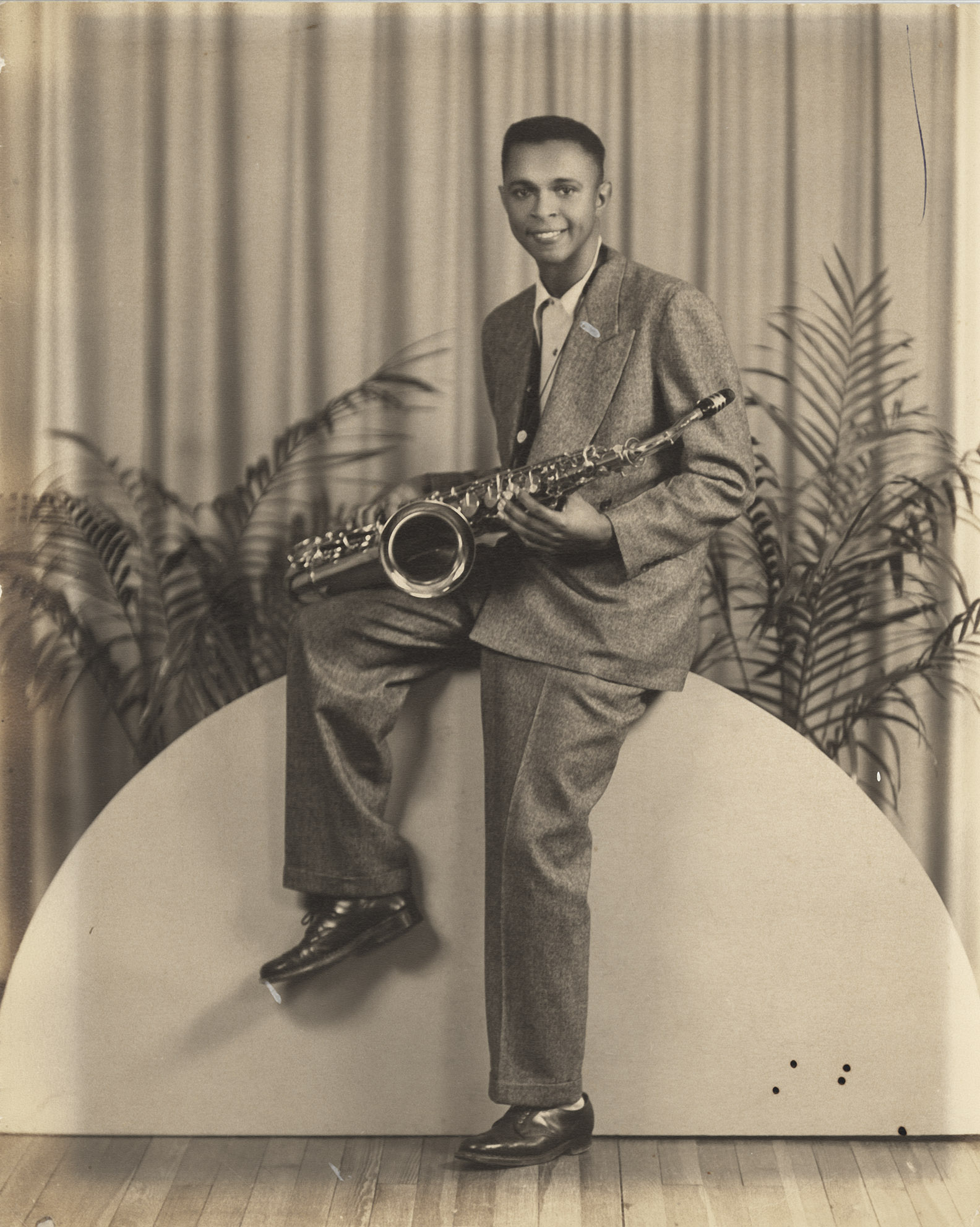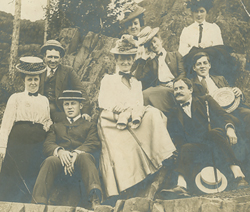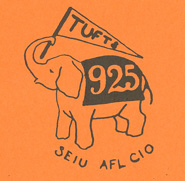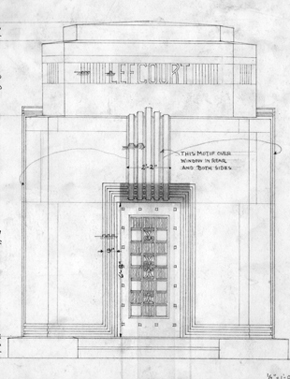Jerry Russo Oral History Collection of Artists During COVID-19
Jerry Russo is a documentary filmmaker and photographer based in Boston, Massachusetts. Educated at Tufts University and The School of the Museum of Fine Arts Boston, Russo’s photographs have been exhibited at a variety of galleries in the Boston area and New York City. In 2023, he completed artist residencies in Cape Ann and Provincetown, Massachusetts. When Russo describes his intention as a photographer, he identifies his primary goal as being “as sincere and empathetic as possible … [to be] a kind observer of the world around me. I’ve always lived my life intensely soaking up the environment with a non-judgmental (but truthful) eye and using my images as a reflection of that.”
In March of 2020 at the start of the COVID-19 pandemic, Russo began working on an oral history project to interview visual artists and creatives all over the world. During the next two years, he completed 249 interviews via Zoom. In the interviews he captures the artists’ thoughts on wide range of topics and themes including living and working during the pandemic with its enforced solitude and lockdown; the ways in which the pandemic has had an impact on their creative process, shifts in narratives, and use of materials; and whether the work they created referenced the pandemic, the Black Lives movement, or politics in the U.S.

